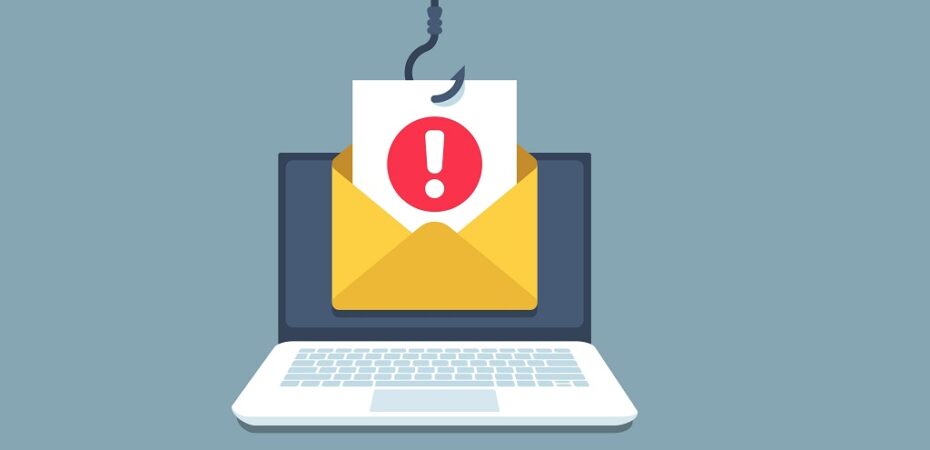Do you get unsolicited spam emails? You aren’t alone. Nearly 56.5% of all emails received in 2022 were spam. Most times it’s harmless, yet annoying product marketing. However, too often, scammers and fraudsters craft messages posing as postal services or governmental agencies trying to get you to disclose sensitive data.
In what follows, we break down why you are receiving so much spam, and we provide you with a step-by-step guide to minimize these messages and protect your privacy.
Why are you receiving so much spam?
If you’re experiencing a sudden increase in spam email, chances are you have been added to a mailing list. Often, your email address is aggregated into these lists without your knowledge or explicit consent. As a result, you may receive a high influx of marketing materials, promotional messages, and newsletters.
But how did your email end up on that mailing list in the first place? Whenever you sign up for a service or free trial or make an online purchase, you enter your email address among other personal details. Your data may be collected and sold to third parties, which are responsible for sending spam.
Databases that contain your data are vulnerable to leaks and hacking. In 2022, for example, Twitter reportedly suffered a data breach that impacted 200 million users in Europe and the U.S.
5 steps to avoid spam and protect your privacy

If you want to keep spam to a minimum and keep yourself protected against cybercrime, try out the following steps.
1. Block and report
Don’t respond or click on any links or attachments as this confirms to the spammer that your email is active. Instead, block the sender (without opening the email) and report it to your provider.
2. Customize your privacy settings
Keep your email address as private as possible. If you use Gmail, for example, you can remove access to your account from third-party apps and websites. This will prevent third parties from sending unwanted spam.
3. Use a spam filtering service
Email providers typically offer built-in spam filters. Enable your spam filter to divert unwanted messages to a separate folder. For an extra layer of protection, use specialized spam filtering tools, such as Spambrella, SpamTitan, and Maiwasher to name a few.
4. Have a secondary email
The email addresses you use to buy services or products online, sign up for events, or download files tend to end up on spam mailing lists. Create one email address to exclusively communicate with friends, family, and work colleagues and another one for everything else.
5. Opt out of data collection
To seriously minimize spam correspondence, you may want to address the root of the problem: information brokers. These companies crawl the internet for people’s personal data (email addresses included) and sell it to marketing and advertising firms, people search sites, and other data brokers.
Remove yourself from data collecting by contacting major information brokers (Experian, CoreLogic, Epsilon, Acxiom, etc.) and filling out their opt-out forms.
To conclude
There are numerous ways to minimize email spam. You can avoid unwanted and suspicious online correspondence by blocking and reporting messages, customizing your privacy settings, using a spam filtering service, creating a secondary email account, and opting out of data brokers.
Read also:
- 9 Ways To Strengthen The Security Of Software Systems
- How to Save a Mailbox from Baddies
- Agorapulse Review
- Email Design – The Ultimate Guide
- Tips To Design A High-Converting Email Signup Pop Up Guide To A Pop Up Maker
- North Korean Hackers Try a New Tactic – Use Malicious Browser Extensions to Spy on Email Accounts

